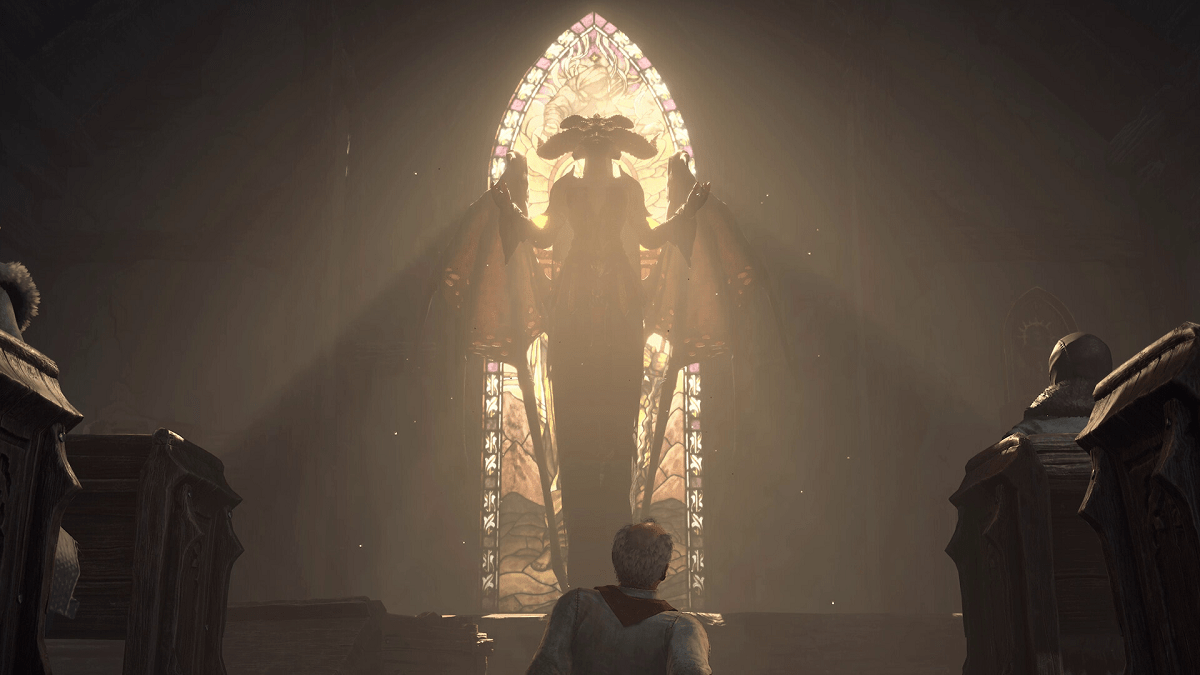 For years, Epic Unreal Tournament series has been the long-reigning king of unbridled, fast-paced multiplayer first-person shooter action. One of the few PC shooters known for its intense, head-on deathmatch and frantic capture the flag battles, there’s really nothing like the experience of Unreal Tournament multiplayer.
For years, Epic Unreal Tournament series has been the long-reigning king of unbridled, fast-paced multiplayer first-person shooter action. One of the few PC shooters known for its intense, head-on deathmatch and frantic capture the flag battles, there’s really nothing like the experience of Unreal Tournament multiplayer.
I had a chance to visit Epic Studios’ offices last week, and was given the opportunity to play hours worth of the PC versions multiplayer modes. From classic deathmatch to capture the flag, along with the exactly-what-it-sounds-like “Vehicle Capture The Flag” (capture the flag … with vehicles), it was a breath of fresh air to once again play an FPS title that got back to the core of simple, non-stop action.
You can experience all of those game types right now, by downloading the recently released “beta demo.” What you won’t get a chance to play in the demo, however, is one of the game’s new modes, “Warfare,” which is a modified version of Unreal Tournament 2004‘s “Onslaught” mode, on a much larger scale.
What a shame, though — while the deathmatch and CTF modes are solid, as expected, but “Warfare” is truly where the game shines.

As stated earlier, the mode essentially an evolved version of the previous title’s “Onslaught” mode, where teams vie for control of nodes spread across large areas of terrain. When either team’s “Power Core” is disconnected from a node, it’s open for attack, and once destroyed, this ends the round.
UT 3 changes things up a few ways, the first of which is the addition of orbs. Glowing balls that spawn at specific points at each team’s base, the orbs are key to capturing and maintaining nodes across the map. Used as a detonator to instantly destroy opposing nodes, these new items are essential to a speedy victory.
Similar to how flags function in capture the flag game-types, the orbs (which spawn one at a time), can be picked up and ran with, towards the opposing team’s nodes. Also like flags, they’re easily dropped, either by death, or if you’re knocked off your hoverboard. Once dropped, a timer will slowly count down to the orb’s self-destruction. During this time, the orb can be picked up by a fellow teammate, at which point the counter resets. Alternately, a member of the opposing team can “play the hero,” and sacrifice themselves by immediately destroying the orb (the benefits of which should be obvious, and will even earn said team member a point).
If the mode sounds a bit complicated, that’s because it is. As opposed to the easy to pick up and play action of deathmatch and capture the flag, “Warfare” contains layers of depth that should satisfy those looking for a bit more. Experienced players will quickly develop in-depth tactical strategies, but if you’re slow and easily confused (like I am), Epic seems to be doing a great job with subtle hand holding for beginners.
The games efficient HUD does do a good job of directing novice players, with an easy-to-read mini-map and on-screen way point arrows that can guide the way to opposing nodes. Additionally, the in-game announcer will direct players depending on situations, telling them when orbs are available for pick-up, when the Core is under attack, and more. The announcer can even be tailored on the fly, depending on what function you’ve chosen to play for your team (Attack, Defend, Orb Runner, Special Ops).
Having played multiple games on two “Warfare” maps, it’s easy to see why Epic chose to leave this mode out of the public beta demo. While they all share similar gameplay (capture the nodes, destroy the core), and it might be easy to write the mode off as a re-hash of “Onslaught,” there were significant difference found in each map. For example, first map we played, “Torlan Necris,” is extremely similar to standard “Onslaught.”
Unlike most traditional “Onslaught” and CTF maps where each team’s base essentially mirrors one another, the second map we experienced (“Islander”) was different in a way that changed both tactics and gameplay. In this instance, one Core base is heavily defended, with a barricade and turrets positioned to take out both air and land vehicles. In opposition, the other base is a haven for hard-hitting vehicles. Additionally, off-site nodes that could turn the tide were up for grabs, one of which contained multiple air vehicles, like the Raptor (shown above).
While “Warfares” complexity might scare off of those looking for the high-octane action of the game’s deathmatch, it shouldn’t. Despite larger playing fields and multiple objectives, the mode still maintains the game’s signature nosebleed pace, and almost never lets up on the action.
“Warfare” is looking to be one of the key selling points for UT 3 multiplayer, and my early hands-on time with the game should give me the leg up on your guys when the game ships this November. Well, at least for fifteen minutes.




Published: Oct 15, 2007 08:07 am